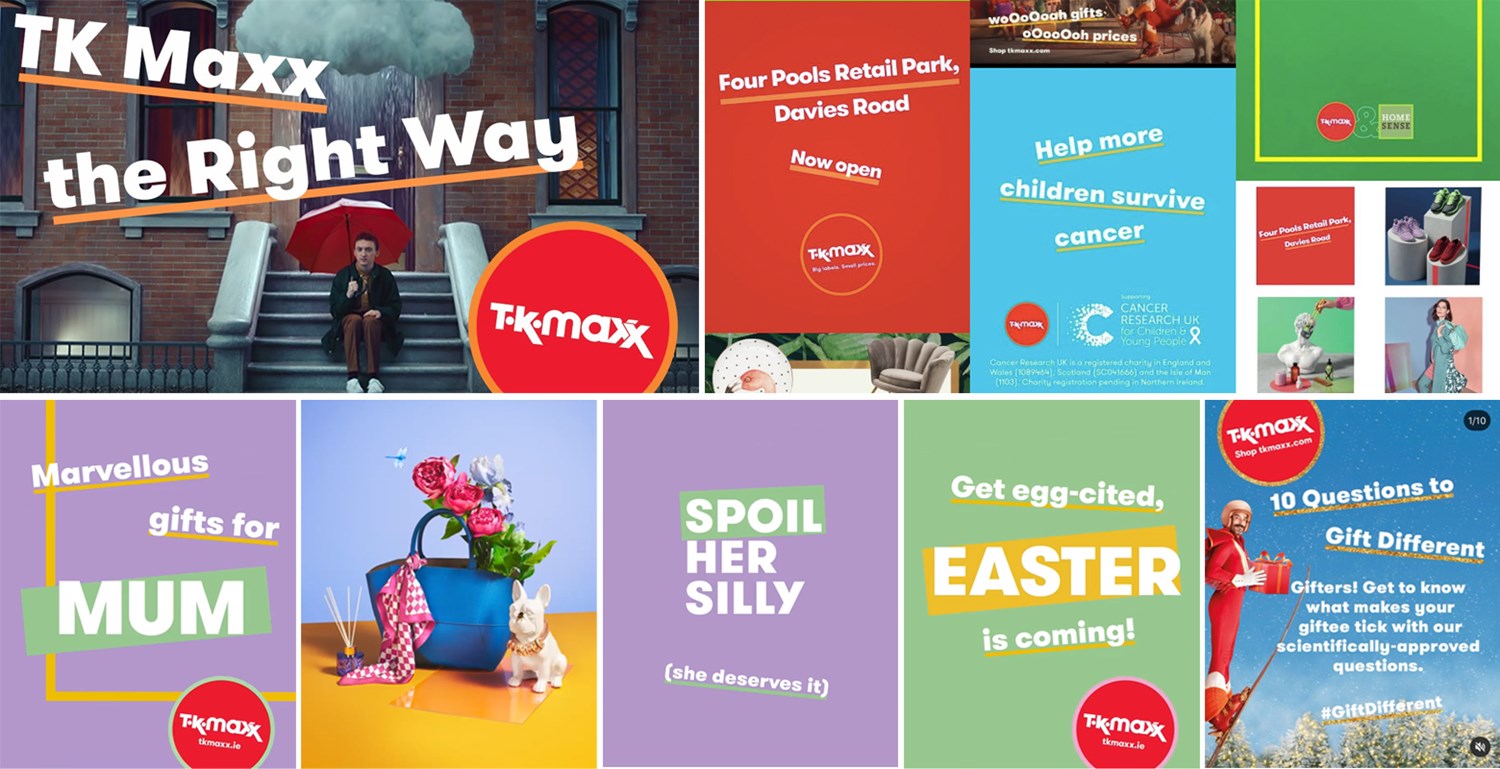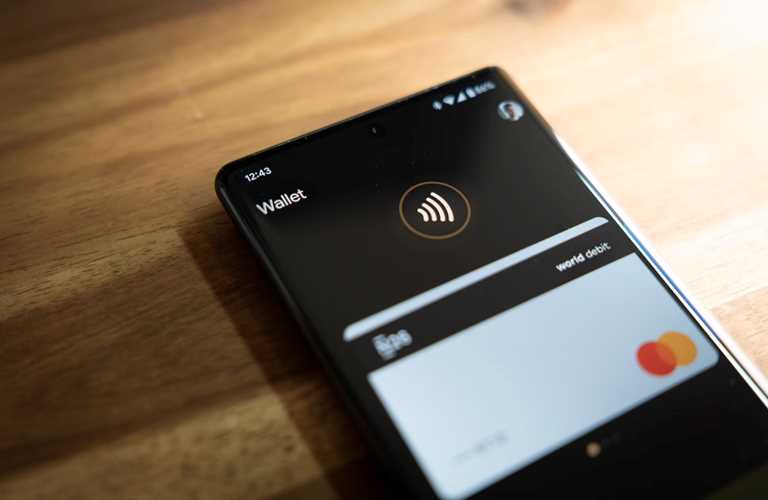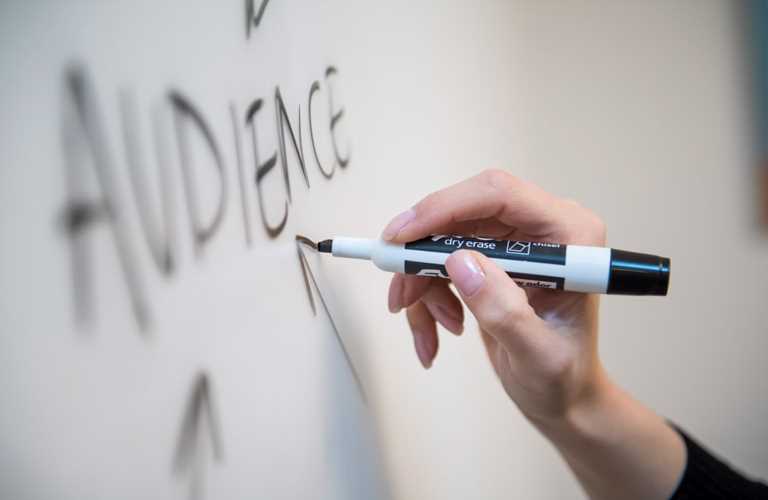Building your Brand
For most people the brand of their startup business will be an afterthought. You’ve had the great idea, developed your products and/or services, planned your business model and then when you are ready to launch your business you start thinking about a logo, business cards, advertising… But these things are not your brand, they are tangible assets and a means of communicating your brand. Your brand is your identity and it should be built around the story of your business from the first idea, evolving alongside your strategy, vision and business model to communicate your story.
‘There are basically no unique businesses... The truth is that it isn’t by being unique that businesses succeed... More than anything it’s about having a unique story, a unique brand.’
Fraser Doherty MBE, 48 Hour Start-Up: From idea to launch in 1 weekend
It all starts with you
Ask yourself why you are starting a business. The answer to this question will give you your story and this is what you want to focus your branding around. Whether it is heritage, passion, life experience or something else that drives you to start a business, this story should underpin everything you do. It will give you a unique angle in the market and will help customers form emotive connections with you. If you are stuck for a name for your business, developing a concept around your story is a great place to start. It will also help you write pitches for banks and investors, guide the growth of your business, motivate staff (yourself included), and much more.
Understand your customer
Now you know your story, who do you want to tell it to? Identifying your customers will help you establish some guidelines around the tone of voice of your brand, as well as influencing more tangible elements like colours, fonts, icons and imagery that you use. Together these elements form your brand identity, get the combination right and you will appear genuine, competent and trustworthy.
Tone of voice. How do you want to portray your business? Is it professional, informative, direct, advisory, supportive, empathetic, informal, friendly, funny, etc.? Consider your story and your customer and choose terms that feel like a natural fit. To help you, think of your customer as a real person, someone you know, and have a conversation with them about the product or service you are offering. Can you use lots of technical language and specific details or do you need to explain things simply? Create a persona for your business just as you should for your customer and keep your tone of voice consistent.

Colours and fonts. People can make a judgement about your business based on emotional and subconscious reactions to the visual brand. The colours and fonts you choose should reinforce your story and tone of voice. For example, the colour white can be perceived as pure, fresh, open, clinical and neutral which makes it a good choice for one of the most famous companies in the world, Apple. They use this colour for their logo, product range, packaging and marketing. During their evolution they also changed their typeface from a very traditional and serious serif font to a range of modern, open and friendly sans serif fonts. TK Maxx is another great example of using colour and typography to create and recognisable and consistent brand. Think about some other famous and local brands that you associate with different colours and typefaces with - What industries are they in? What are their qualities? Does their brand convey their key message?

Imagery and icons. Consistency is king here. We live in a highly visual world, where an individual is capable of taking 1000s of photos a day if they wish, which makes them quick to judge photography of brands. Whether it is bespoke photos of your products and services or stock imagery you choose to use to convey a feeling, ensuring they follow the same rules and all work together to reinforce your brand story is crucial. The same can be said for icons - if you are developing an app or digital products icons can be your best friend, representing words when space is limited, they should tie-in to your tone of voice, colour and logo style and they should be consistent across the set. If your images and icons are of poor quality, mismatched or look out of place next to your brand it can make you seem untrustworthy or disingenuous.
Next steps
Once you have established your what, your why and your who, the next steps are to answer how, when and where – these will form your marketing and PR strategy. Check out our top tips for start-up marketing and PR here.
Quote reference - Fraser Doherty MBE, 48 Hour Start-Up: From idea to launch in 1 weekend, 48hourstartup.org/
Apple image references - apple.com/retail, youtube.com/channel/UCE_M8A5yxnLfW0KghEeajjw
TK Maxx image references - youtube.com/channel/UCpg2NYAosSxd8PxgAZaZAnA, tkmaxx.ie/trending, instagram.com/tkmaxxuk/


